Expedition to Antarctica for 25 days. Almost 4,000 kilometers of off-road in the icy desert. Two of the three poles have already been conquered: the Pole of Inaccessibility and the South Geographic Pole. Until then, all breakdowns have been eliminated, and all conflicts resolved. But the further you go, the more fatigue builds up. It remains to reach the last pole – the Absolute Pole of Earth’s Cold. Near it is the famous Vostok station.
Other parts:
Antarctica. Walking beyond the three poles. Part 1
Antarctica. Walking beyond the three poles. Part 2
Day 26
Height: 3 383 meters above sea level
Done: 3,830 kilometers
Once again, the wheel with the defective disc made itself felt. Frost and constant shock loads destroyed the epoxy patch and increased the crack in the metal. At first, the wheel was pumped up once a day, but when it was necessary to pump it every hour, it was decided to make a seam. Disk repair took more than 4 hours, but now you do not have to stop once again to pump the wheel.
The most interesting thing is that tension in relations is gradually disappearing. Because everyone wants to get to the Vostok station on time. So, you have to agree.
Almost 200 kilometers remain to the Vostok station – this is one day trip. After another overnight stay, another breakdown was discovered – anther replacement on shock absorbers is required.
When it seemed that the repair was finished, Vasily Elagin was unexpectedly injured – the jack broke and hit him in the metal with a metal part. Eyebrow cut to blood. Kristina Kozlova attended first aid courses before the trip and Vasily Elagin was in her caring hands. The injury was not dangerous. The expedition can continue our journey to the Vostok station, to one of the most inaccessible stations of Antarctica.
By the way, on board all-terrain vehicles there is everything you need, including resuscitation equipment and a defibrillator.
Doctors in Antarctica
Even at the smallest polar station, there are always two doctors. Why? Because in 1961, the doctor of the Novolazarevskaya station, Leonid Ivanovich Rogozov, cut out his appendix to himself. The situation was critical, it was impossible to procrastinate. Three people assisted Rogozov: the meteorologist supplied the tools, the mechanical engineer held a mirror and shone a lamp, and the station head had to replace one of the assistants if he lost consciousness. This was the second auto operation in history. The first was carried out by the Americans as an experiment, and ours were done in a critical situation.
Day 27
Elevation: 3,488 meters above sea level
Done: 4 082 kilometers
The territory where the Vostok station is located is the coldest place on the planet. It was here that a record low temperature was recorded in the entire history of meteorological observations – minus 89.2 degrees. The station is located at 3488 m above sea level, which means that all the charms of high altitude conditions lie ahead – low pressure and lack of oxygen.
Driver-mechanic Alexey Makarov:
– Our greeted from the heart. Just met our ours. It was a pleasure. That was really good. It was warm. This spiritual warmth, of course, cannot be expressed in words.
The only Russian polar station, which is located in the depths of the continent, is the Vostok station. This is one of the most amazing places in Antarctica.
It appeared thanks to the decision of the Soviet government: to establish a polar station at the geomagnetic pole of the Earth. But since then, the geomagnetic pole has moved far to the side. And then it turned out that, firstly, it is here that the Pole of Cold is located. And secondly, right under the station at a depth of more than 3,000 meters there is an ice-cold Lake Vostok. The fifth largest in the world, aged 10 to 33 million years.
At the station “Vostok” is constantly 25 people. They are engaged in research and maintenance of the station itself. The conditions in which they have to do this are close to extreme. Wintering in the East is akin to a feat.
Station “East”
Vostok is the most severe polar station in the world in terms of living and working conditions. Firstly, it was covered with more than three meters of snow. By the way, this tunnel, 40 meters long, leading to the main entrance alone, was dug by the polar explorer Volodya Solyanik. Therefore, it is called Solyanik Street.
Secondly, low temperatures. Minus 70, minus 80 degrees is the norm. There is even a club of two hundred. When, having drowned in a bathhouse up to 120 degrees, the inhabitants of the station run out into the street at minus 80 and fall in the snow. The difference of 200 degrees Celsius.
Thirdly, the height is 3,500 meters and abnormally low pressure. You and I are used to that it should be 760 millimeters of mercury. And here is 460! 300 millimeters lower. And that’s not all! 10 months a year, Vostok is almost completely isolated from the outside world. Happen that it will not be possible to call even aviation. On a polar night at minus 55, the snow in its physical characteristics becomes like sand and the plane will simply roll over when landing.
The building of the Vostok station has been serving the Russian polar explorers for a very long time, almost 50 years. But soon everything will change here. It is planned to establish a modern wintering complex at the station covered with snow. In the season 2018-2019, a successful experimental trip to the station was undertaken in order to find out the possibility of delivering heavy cargo. The goods themselves will be sent a year later. For the first time, such a project is funded by private investment.
The complex will consist of residential modules, a medical building with an equipped operating room, a laboratory, a relaxation area with a greenhouse and a gym, a power station and a garage. The new complex will occupy an area of two and a half thousand square meters and take 15 people for the winter. In summer, 35 polar explorers will be able to live and work here at the same time.
The history of Vostok station is a history of great overcoming. In April 1956, the first sledge-tractor train starts from the coast of Antarctica from the Mirny station. They had to go 1400 kilometers, but only 375 passed and stopped. This is how the Pionerskaya station appeared. A year later, the next train starts on more powerful tractors. They will pass 640 and the Vostok-1 station will appear. And only in December 57, people were here.
The head of the second continental Antarctic expedition, Alexei Treshnikov, who is rightly considered the founder of the Vostok station, chose a very good place for the station. It turned out that in addition to the geomagnetic pole, there is also located a unique subglacial relic lake, the discovery of which was one of the greatest geographical discoveries of the 20th century.
East Lake
The first drilling here began in 1990, but it was only possible to open the lake in 2012. Lake Vostok covers an area of 15,700 square kilometers. This is slightly less than the area of Lake Ladoga.
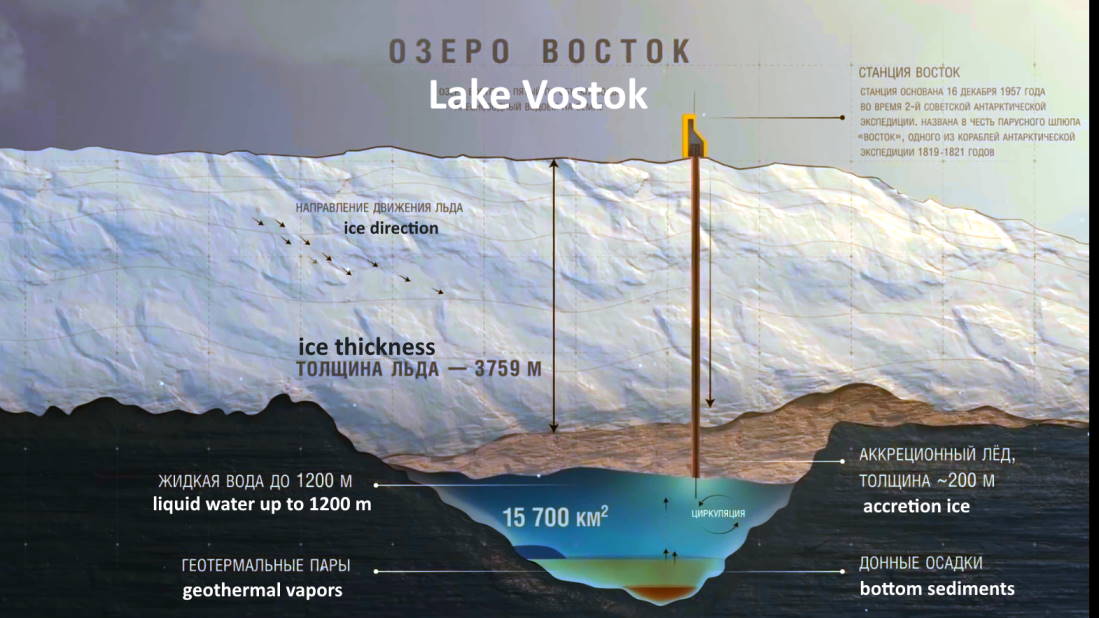
It is unique in many ways. But even without it, the Vostok station can be considered the main scientific station in Antarctica.
The official date when Lake Vostok began to exist on the maps of Antarctica – 1994, when there were the first articles published by international journals and Lake Vostok, got its outlines on the map of Antarctica. Everyone found out that under a 4-kilometer-long ice shell there is a lake. And drilling was started in 1970. Initially, the main purpose of drilling was to study the structure of the ice sheet of Antarctica.
According to modern ideas of scientists, ice has accumulated in Antarctica for millions of years. By its composition, it is possible to determine what the atmosphere of our planet in antiquity consisted of, to reveal patterns of climate change, and therefore to predict the future of the Earth.
Probably there is no such person who would not hear about global warming. Scientific data obtained at Vostok station convincingly prove that abnormal climate changes on our planet are in full swing.
Polar station Vostok, glaciologist Alexei Yekaykin
— Here is the climate curve of our planet for half a million years. This is how the temperature changed. We live in a warm era. There was a cold era 30,000 years ago. Every 100,000 years, this cycle repeats. But the change in the atmosphere of carbon dioxide and methane – the main greenhouse gases. And it is clear that when we have more greenhouse gases, we have warmer and vice versa. It really exists in the greenhouse effect and there is no getting away from it. And only from the core of the Vostok station, only from the core of Antarctica, you can find out how the carbon dioxide content has changed in the past. Within such limits, it has changed. And now we have such a level. That is, only by studying ice cores do we know for sure that the current content of carbon dioxide in the atmosphere is absolutely abnormal. It is absolutely abnormal.
New Year
Even on December 31, New Year’s Eve, work does not stop. Geophysicists, glaciologists, meteorologists, physicians, mechanics, radio operators and cooks are each busy with their own business. But they don’t forget about the New Year’s table here either.
New Year’s Eve is always all together. This time, due to the fault of our expedition, the table became very crowded, but the atmosphere in the room only got warmer.
Valdis Pelsch:
– Dear friends! Before we start seeing off the old year, let me add our modest gifts to your chic table. We know that you have a small shortage of roach. This is a good Astrakhan roach. You have a small deficit of fat – this is a good fat. You have a small deficit of preventive drugs – these are good preventative drugs, we used them, everything is in order, so no one got sick. But most importantly, we specially made for this expedition a replica of all the medals that Bellingshausen and Lazarev had. And with great pleasure we would like to give you all, without exception, these medals to the applause of all those present.
In Antarctica, you can celebrate the New Year 24 times. The fact is that all time zones converge on the pole. Therefore, there is no difference. There is either a polar day or a polar night. At the Novolazarevskaya station, for example, they live according to Greenwich time, at the Vostok station according to Novosibirsk time, and at the Amundsen-Scott station, which is located at the pole, in New Zealand. Do you know why? Because planes fly to them from New Zealand. It’s more convenient for them.
Transport in Antarctica
In January 1940, the American Snow Cruiser super-all-terrain vehicle arrived in Antarctica, which was designed and built in just 11 weeks. The length is 17 meters, width – 6, height – 5. Each pair of wheels is controlled separately, variable clearance up to one and a half meters. On the roof there is a place for an airplane. Cruising range of 8,000 kilometers. The food supply for a crew of five is one year. Grandiose plans: the “Snow Cruiser” must cross Antarctica twice crosswise, both times across the pole, and then go around the coast.
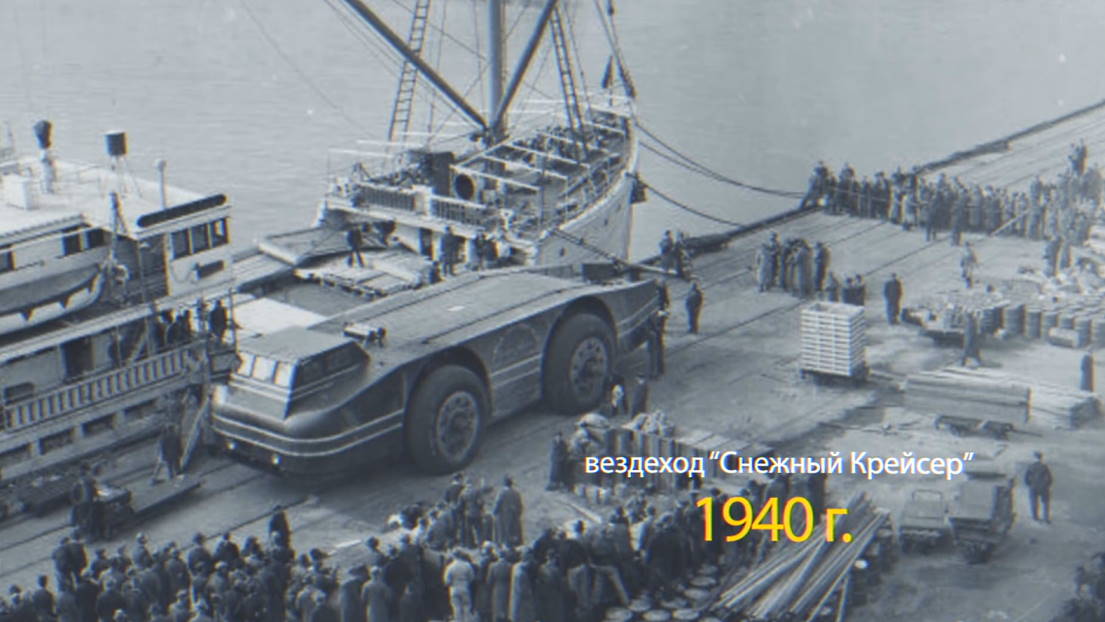
And do you know how much the “Snow Cruiser” went through Antarctica? 148 kilometers, and in reverse.
And here is the pinnacle of Soviet automotive evolution. Headquarters, radio center, housing, laboratory under one roof. Rather, on the same tracks. All-terrain vehicle “Kharkivchanka”.
This unique all-terrain vehicle was designed and assembled in Kharkov in the spring of 1958 in just three months. The designers of two factories took up the task of creating a machine: machine-building, popularly tank, and aviation. The undercarriage came from the AT-T heavy army tractor. True, it had to be modernized: the engine was boosted, bringing its power to almost a thousand horsepower, additional fuel tanks were installed by 2,500 liters of diesel fuel and the cruising range was increased to 1,500 kilometers.
Four all-terrain vehicles “Kharkovchanka”, weighing 35 tons each, are available to polar explorers. They can carry up to 70 tons of cargo. And this is a real breakthrough. All-terrain vehicles “Kharkivchanka” obeyed all the poles of the continent: geographical, geomagnetic and the pole of inaccessibility. Polar explorers loved these machines not only for their versatility, but also for their reliability. Even having exhausted their resources, all-terrain vehicles after many years of inactivity easily started in any frost.
Day 32
Height: 3 410 meters above sea level
Passed: 4,817 kilometers of track
After an overnight stay in one of the cars, a serious malfunction was discovered: the engine starts, but very quickly starts to overheat. The coolant, designed for frost to minus 80 degrees, suddenly thickened and stopped circulating. Clots of antifreeze clogged the radiator.
Usually, in front of the night parking, the expedition turned the cars so that the radiator remained turned towards the sun. The absence of serious problems with the equipment weakened the team and the radiator of the all-terrain vehicle this time remained in the shade. An icy Antarctic wind blew through it all night.
The radiator, very carefully so as not to damage anything, was warmed by a gas burner.
The expedition left the last thousand kilometers on the way to the ultimate goal – the polar station “Progress”. The caravan has become much easier. At Vostok station, they left sled drags, empty barrels, part of provisions, even warm clothes. Now everything is subject to three basic principles – speed, economy and weight. If there is not enough fuel, then the travelers decided: to merge all the fuel into one car, which will reach the Progress station, and then return for the backward one.
The final march to the Progress station only at first glance may seem uncomplicated. The fact is that he runs along a knurled road – a winter road. The road goes down, which means there will be more oxygen, and the engines, like people, will not suffocate. As the expedition approaches the coast, a serious danger reappeared on its way – these are many kilometers of cracks. If you follow the road they can still be avoided, but a step to the left, a step to the right of the route and remember the name.
It is time to tell a very important thing – how glacial cracks are overcome in Antarctica. The fact is that in the depths of the continent, on the Antarctic dome, there are practically none. But the closer to the shore, the more they occur. As a rule, they are covered with snow and such snow bridges are formed and on the surface they become indistinguishable. And a whole sledge-tractor train can fail there.
The method that we will tell you about has probably existed for about 70 years. Since the specific pressure on the soil of our all-terrain vehicles is less than the pressure on the soil of a person’s legs, our road train will easily pass where a person will pass.
The least valuable member of the expedition is taken. He puts on a climbing harness. Rope it is attached to the bumper of the car. He goes in front with a probe at a speed of about 5 kilometers per hour. If suddenly it falls through the train stops, and the daredevil is taken out of the crack.
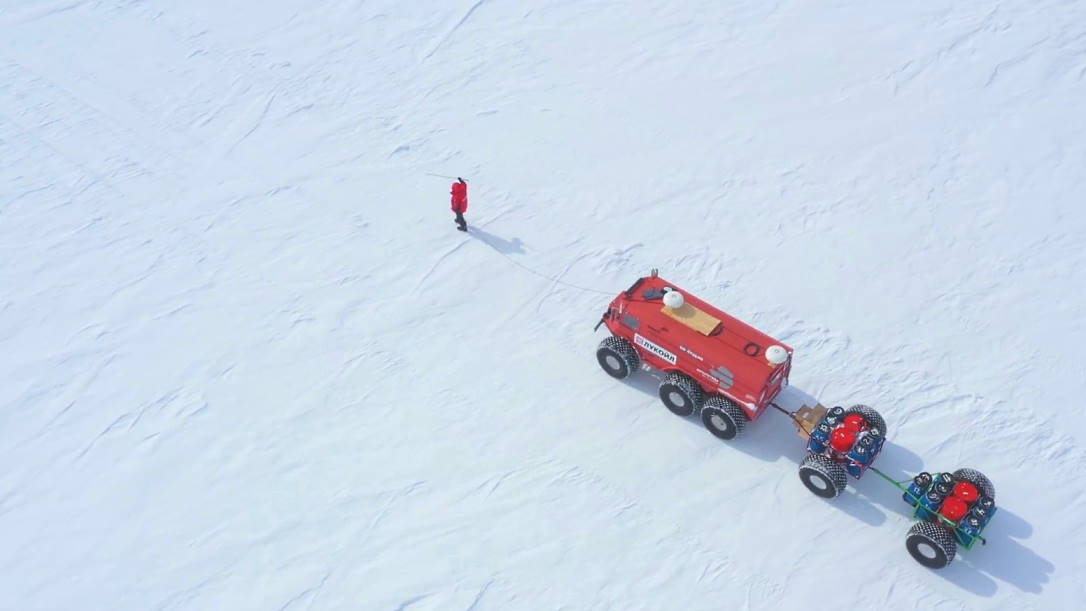
Day 34
Height: 750 meters above sea level
Done: 5,480 kilometers
A kilometer per kilometer, the expedition members ride on a packed snow track. All-terrain vehicles on the finish line. The road allows you to disperse cars right up to 40 kilometers per hour. Suddenly, a loud sound is heard in the closing machine at full speed. The gearbox of the middle bridge broke
Everyone decides to take a chance. To the station “Progress” is only 53 kilometers of flat road. It was decided to disconnect the broken bridge and drive only on front-wheel drive. To reduce the load on the chassis, unnecessary things are unloaded from the damaged machine and even the remaining fuel is pumped.
Not only people are exhausted, cars are also on the verge. Such serious failures indicate that the safety margin of our all-terrain vehicles is almost exhausted.
Station “Progress”
Two hours of monotonous snow track and now the final goal – the Antarctic station “Progress”. The team members did not yet fully realize that they succeeded in the impossible. A new record for wheeled vehicles in Antarctica is set!
The finish line is crossed. There is no point in risking cars on dangerous lifts, but the designer of the Emelya all-terrain vehicles, Vasily Elagin, refuses towing assistance. He decides on his all-terrain vehicle to reach the end. And this decision, almost became fatal for one of the all-terrain vehicles.
On the descent, the trailers caught up with the all-terrain vehicle and turned the car around. It’s good that the trailer mounts did not break.
The fears of the polar explorers were not groundless. It took as long as 4 hours to cover the distance from the place of our finish, in the area of the airfield, to the comfortable residential buildings of the Progress station.
They have come. 5519 kilometers. 34 days, 33 nights. Pole of Inaccessibility, South Pole, Pole of Cold passed in an autonomous journey. Nobody has done such a thing in the world and will not do it in the near future. Expedition at the Progress station. Base station of the Russian Antarctic expedition. There is an opportunity to exhale, wash! and get ready to return home. The path will not be close and not fast. About a week they fly on a transfer aircraft. But this does not scare anyone. There is time to say goodbye to the polar explorers, who still, at every meeting, congratulate the expedition members on the route they traveled, with the set record and call them heroes.
Expedition mechanic drivers:
 Elagin Vasily Igorevich
Elagin Vasily Igorevich
Born February 20, 1953 in Moscow. The chief designer of the Emelya all-terrain vehicles. By education a geologist. Honored Master of Sports of the USSR, master of sports of international class in mountaineering, “Snow Leopard”. In his asset: climbing Everest, Cho-Oyu, traverse Kanchenjungi in the Himalayas, climbing Aconcagua in South America, the Vinson Massif in Antarctica. Sea sailing trips. Participation in the Paris – Dakar rally, member of the Paris – Moscow – Beijing rally training team. I drove about 1000 km along the coast of the Chukchi Sea on the “Buran”. He was a member of several Arctic Arctic road expeditions, after which he set about trying to build a car that could reach the North Pole. Leader and organizer of the Sea Ice Autonomous Expeditions in 2008, 2009, 2011, 2013, 2014 and 2015.
 Obikhod Vladimir Nikolaevich
Obikhod Vladimir Nikolaevich
Born on September 2, 1955 in the city of Korosten, Zhytomyr Region. A mechanical engineer by education (Bauman University). Master of sports of international class in mountaineering, twice “Snow Leopard”. He climbed Khan Tengri along the North Wall, to the peak of Communism along the South Wall, to Annapurna along the South Wall, Lhotse along the South Wall, to Everest. He was awarded the Order “For Personal Courage.” He works as an engineer at a research institute. The driver-mechanic of the Sea Ice Autonomous Expeditions in 2008, 2009, 2011, 2013, 2014 and 2015.
 Makarov Alexey Valerevich
Makarov Alexey Valerevich
Born on August 13, 1964 in Yekaterinburg. Candidate for master of sports in motorsport, auto designer, organizer of the tourist project “Ural Roads”, Northern expeditions on all-terrain vehicles Makar, head of the Automobile Transarctic expedition and designer of all-terrain vehicles Burlak. Since 2001, he participated in more than 50 racing competitions at the regional, Russian and international levels. Bronze medalist of the 2005 Russian Trophy Raid Championship, one of the winners in the Cultural Navigation nomination of the Trophy Expedition international transcontinental rally along the Murmansk – Vladivostok route. In 2009 – 2015, on Makar all-terrain vehicles, he traveled all over the Northern and Polar Urals and reached Taimyr and Yamal.
Other parts:
Antarctica. Walking beyond the three poles. Part 1
Antarctica. Walking beyond the three poles. Part 2
Valdis Pelsch’s film Antarctica. Walking at the three poles. Third film
All rights to the content content of the article: text, photos and video materials belong to the creators and copyright holders of the film “Antarctica. Walking at the three poles.”Link to the original content.

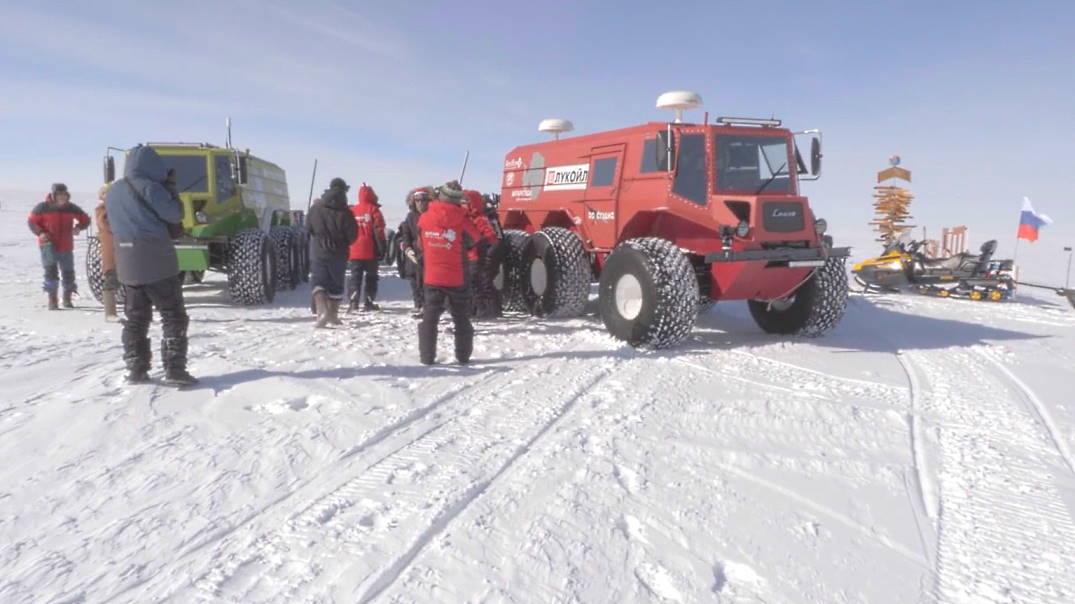
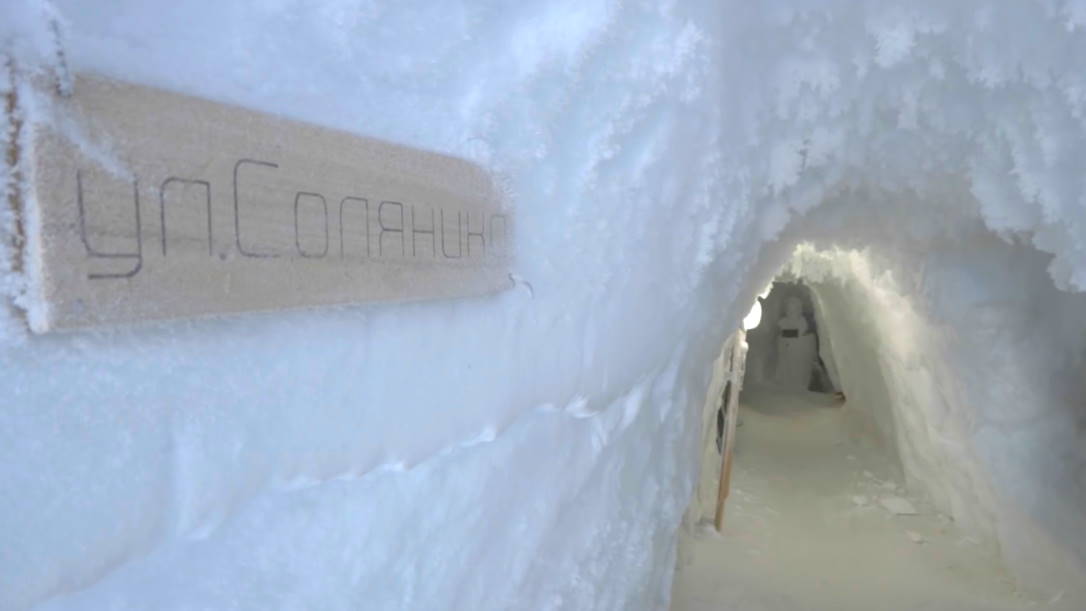
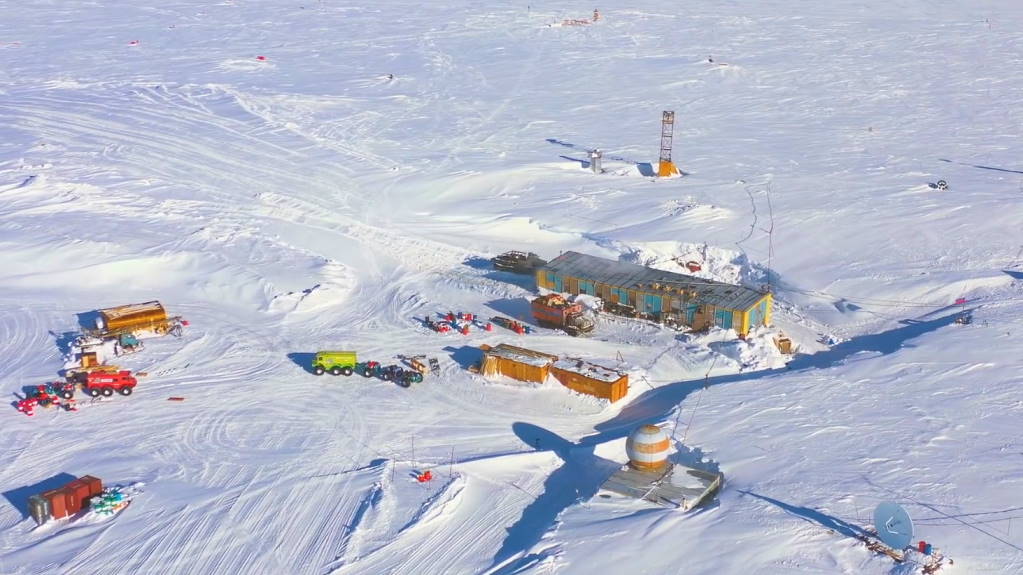



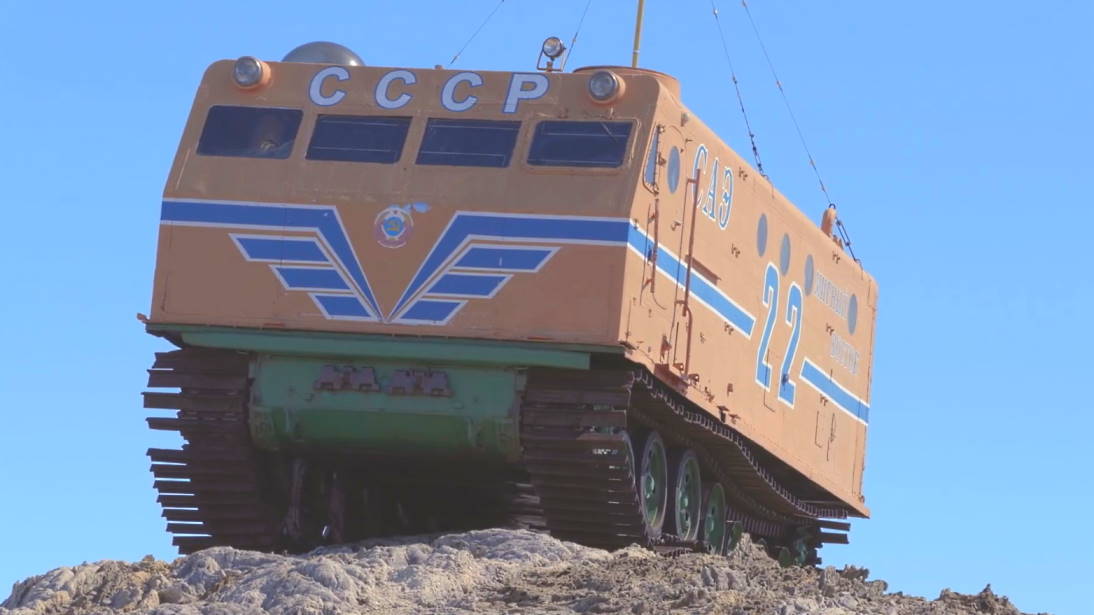
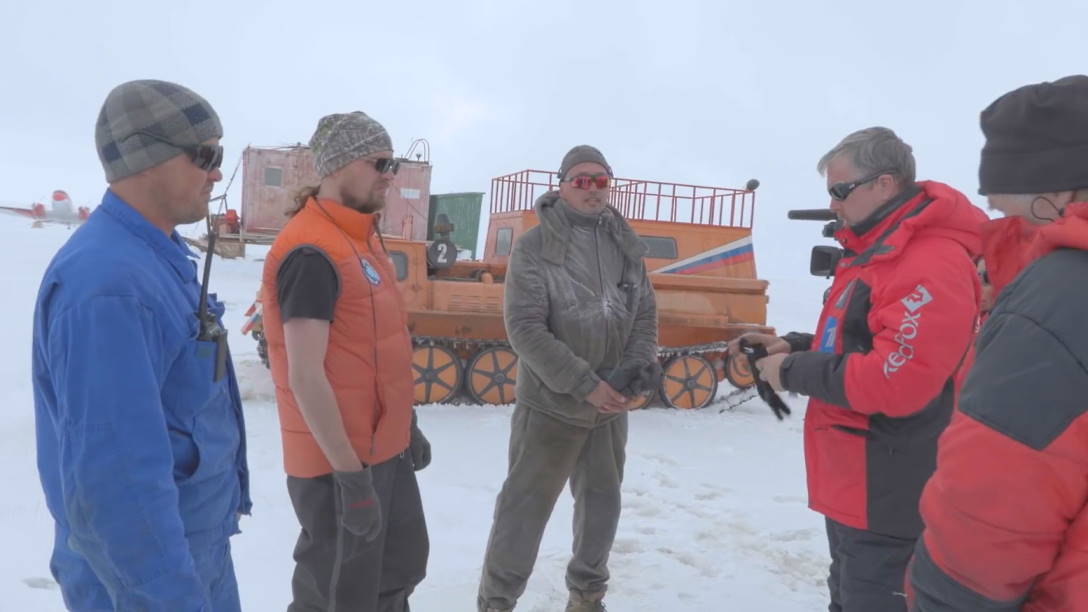


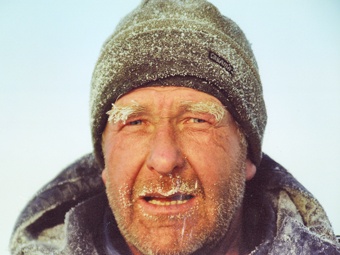
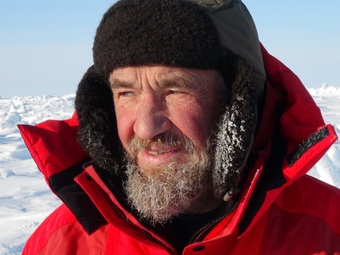

Leave a Reply